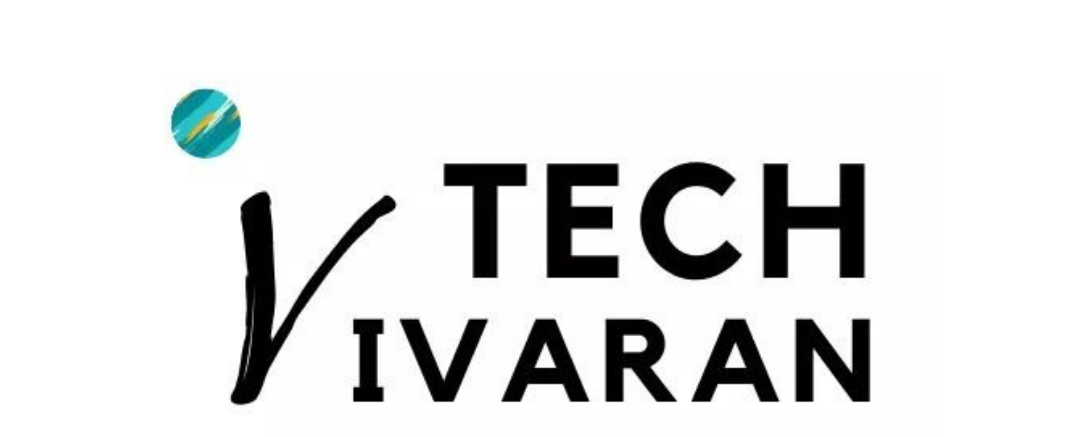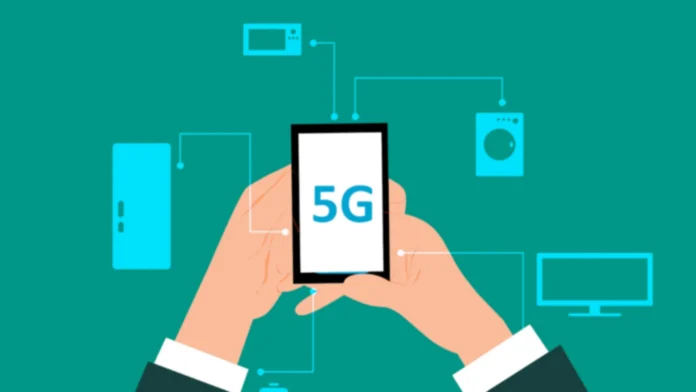What is 5G
In global wireless standards after 1G, 2G, 3G and 4G networks 5G is the fifth-generation mobile network. It will connect everyone and everything together including machines, objects, and devices as it enables a new kind of network.
This wireless technology will deliver higher multi-Gbps peak data speed, more responsibility, increased availability, large network capacity, and more uniform user experience to more users. With its higher performance and improved efficiency, it authorizes new user experiences and connects new industries.
Who invented 5G
There are several companies within the mobile environment to bring 5G to life. No one person or company owns 5G. Qualcomm has played a major role in producing many fundamental technologies that moved the industry forward and make 5G the next wireless network.
Types of Frequencies in 5G
- Low-band 5G is a kind of 5G that, like 4G, employs low frequencies. Low-band 5G offers a longer range than other varieties of 5G (meaning you may be far away from a tower or inside a structure and still receive a signal), but slower speeds. Low-band 5G is just a fraction of a second quicker than LTE. Low-band 5G rates are typically about 100 Mbit/s.
- Mid-band 5G uses frequencies that are somewhat higher than low-band 5G. Although it has a lesser range than low-band 5G, mid-band 5G can generally still provide service indoors. LTE is substantially slower than mid-band 5G. Mid-band 5G offers speeds ranging from 600 Mbit/s to 1 Gbit/s.
- High-band 5G also known as mmWave 5G, is a kind of 5G that uses substantially higher frequencies than low-band and mid-band. It has a limited range. You can’t obtain mmWave service within buildings. mmWave may be blocked by almost any solid object. mmWave is now far faster than any other sort of 5G, with rates of up to 2 Gbit/s. Because the range is so small, mmWave is considered the least practicable type of 5G and basically, anything can block it.
What are the differences between the previous generations of mobile networks and 5G
1G-First generation was invented in the 1980s and delivers analog voice.
2G-Second generation was invented in the early 1990s to introduce digital voice.
3G-Third generation was invented in the early 2000s and brought mobile data.
4G-Fourth generation was invented in the 2010s 4G LTE initiated in the era of mobile broadband.
The 5G-Fifth-generation is designed to provide more connectivity than was ever available. It is designed with extended capacity and enables next-generation user experience and develops new models to deliver new services.
Security Issues
The security problems surrounding 5G are detailed in a study released by the European Commission and the European Agency for Cyber security. The paper advises against employing a single supplier for a carrier’s 5G infrastructure, particularly if the carrier is headquartered outside of the European Union. (The only European makers of 5G equipment are Nokia and Ericsson.)
A study titled “A Formal Analysis of 5G Authentication” was published on October 18, 2018, by a group of academics from ETH Zurich, the University of Lorraine, and the University of Dundee. It warned that 5G technology might usher in a new age of cyber-attacks. The technology is “immature and poorly tested,” according to the study, and it “enables the transportation and access of significantly bigger volumes of data, thereby broadening attack surfaces.”Simultaneously, network security firms such as Fortinet, Arbor Networks, A10 Networks, and Voxility advised on customized and mixed security installations to protect against significant DDoS assaults expected following the implementation of 5G.
How is 5G better than 4G
5G is significantly faster, has more capacity, significantly lower, has a better spectrum, and has a unified platform that is more capable than 4G. It supports all spectrum types and bands and has new ways to interconnect. It will deliver 20Gbps peak data rates and 100 Mbps average data rates faster than 4G.
5G is expected to attain speeds 20 times faster than 4G LTE in principle. 4G LTE offers a peak speed of 1 gigabit per second, whereas 5G may reach 20 gigabits per second. These are, of course, what you would term “peak speeds,” and we’ll have to wait and see how 5G performs in the real world once it’s available. However, where your 4G network could currently give 10 megabits per second, 5G may potentially give 100 megabits per second daily.
4G did not replace 3G, and 5G is unlikely to replace 4G very soon. They will coexist and collaborate. Phones with 5G capabilities can use both 4G and 5G technology. 4G will provide significant support for 5G networks and serve as a link between large cities. In Australia’s less densely populated areas, 4G will continue to provide coverage. With their first-phase 5G deployment plans, Telstra and Optus have previously demonstrated that 4G and 5G networks can coexist.
Usage in Industries
In the United States, many telecom vendors have begun constructing and testing 5G networks. Telecom companies like Verizon, AT&T, and Sprint have all made progress in this area, with specific research programs to test the networks now underway. Verizon, AT&T, Sprint, and T-Mobile have all started rolling out 5G in different markets and will continue to do so throughout 2019. In select regions, Verizon has fixed and mobile 5G. Sprint is launching 5G in specific places, while AT&T offers mobile 5G for certain companies in certain locations.






